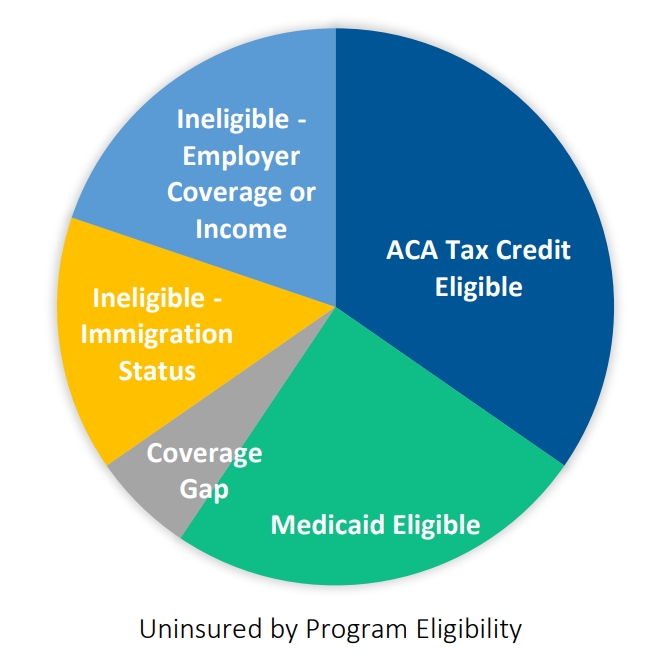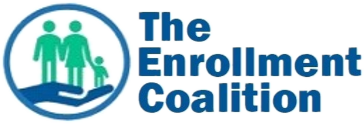Our Work
The Persistently Uninsured
Private sector and public health care stakeholders, along with federal and state policymakers, have shaped enrollment policies and improved processes across health plans and programs over the last decade. At the same time, an estimated 26 million Americans were not enrolled in health coverage in 2024.
People who are not enrolled in health insurance have less access to primary are and are less likely to have a regular source of care, which in turn impacts their likelihood of early detection and effective management of chronic illness. Additionally, uninsurance can have significant economic impacts on individuals, businesses, and the health care system as a whole as “workers who are uninsured throughout the course of a year have a greater likelihood of missing work.” Despite these challenges stemming from a lack of insurance, millions of Americans remain uninsured.

Millions Eligible For Coverage, But Not Yet Enrolled
Despite the challenges stemming from lack of insurance, research indicates most such individuals are eligible for, but not enrolled in, a current health care plan or program. According to a 2022 analysis by the Congressional Budget Office (CBO), “10 percent of the population was without insurance in 2021 and 9 percent will be without insurance in 2022.” Of the individuals uninsured in CBO’s projection, 61 percent were eligible for subsidized coverage.
An updated report by KFF in 2023 found that 60 percent of uninsured individuals were eligible for subsidized coverage, with 25 percent of individuals being eligible for Medicaid and 35 percent of individuals being eligible for Marketplace subsidies. Information on individuals eligible for Medicaid and premium tax credits on a state-by-state basis are available here.

The Urban Institute also conducted research throughout 2022 that sought to identify barriers to coverage for uninsured individuals. 22.2 percent of uninsured adults said signing up was too difficult, however the most cited barrier to coverage by uninsured individuals continues to be the lack of affordability of health insurance. In 2022, 64.2 percent of uninsured nonelderly adults said they were uninsured because coverage is not affordable.
- Check out the Enrollment Coalition’s one-pager on the eligible uninsured.
- Check out the Enrollment Coalition one-pager on the barriers to coverage that people without insurance face.

